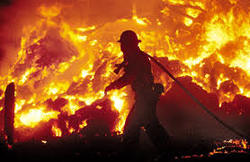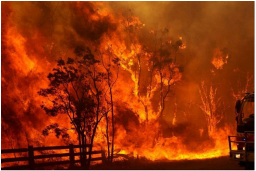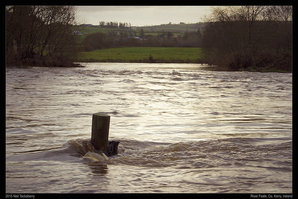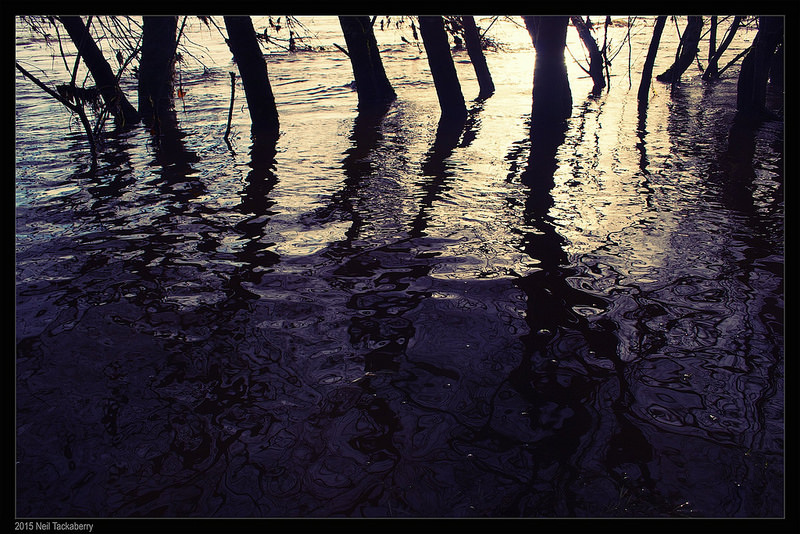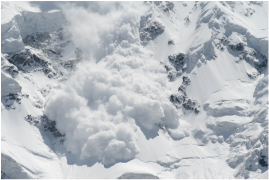Fires
Fires are a big hazard in our valley. Fires normally occur in the summer and fall because of humans, lightning, dry weather, and other causes.
|
Hazards From Fires
|
Benefits From Fires
|
Past Fires in the Roaring Fork
Coal Seam Fire-- In Glenwood Springs, 2002, there was a fire that burned 29 homes and 12,000 acres of land.
Storm King Fire-- In Glenwood Springs, 1994, 14 people died in the Storm King Fire.
Panorama Fire-- In Carbondale, 2002, the Panorama Fire burned houses and land in Missouri Heights.
Storm King Fire-- In Glenwood Springs, 1994, 14 people died in the Storm King Fire.
Panorama Fire-- In Carbondale, 2002, the Panorama Fire burned houses and land in Missouri Heights.
Floods
Floods mostly happen in the Roaring Fork during spring, right after winter. All the snow melts and runs through the rivers causing floods.
|
Hazards From Floods
|
Benefits From Floods
|
Fact:
Floods need to happen at least once a year so the rivers don’t dry out. |
|
Past Floods in the Roaring Fork
- 1995, June 18 and July 13
- 1995, June 19
- 2015, June 17
Avalanches
In Aspen we have a lot of avalanches because we have tall and steep mountains, also we have a lot of snowfall which causes avalanches.
|
Hazards From Avalanches
|
Benefits From Avalanches
|
Facts:
|
Facts:
|
Past Avalanches in the Roaring Fork
- Maroon Bowl March 19, 2002
- Sunshine Peak March 13, 2007
- Highlands Bowl March 31, 1984
Works Cited
http://www.aspentimes.com/news/16854561-113/roaring-fork-river-hits-flood-stage-in-aspen
http://www.waterinfo.org/node/1686
http://www.pbs.org/wgbh/nova/flood/gifts3.html
https://www.readycolorado.com/hazard/wildfire
http://www.postindependent.com/article/20120608/VALLEYNEWS/120609907
http://www.postindependent.com/news/12037702-113/fire-glenwood-memorial-firefighters
http://2014rffieldguide.weebly.com/hazards-avalanche-fire-flood.html
http://www.waterinfo.org/node/1686
http://www.pbs.org/wgbh/nova/flood/gifts3.html
https://www.readycolorado.com/hazard/wildfire
http://www.postindependent.com/article/20120608/VALLEYNEWS/120609907
http://www.postindependent.com/news/12037702-113/fire-glenwood-memorial-firefighters
http://2014rffieldguide.weebly.com/hazards-avalanche-fire-flood.html
